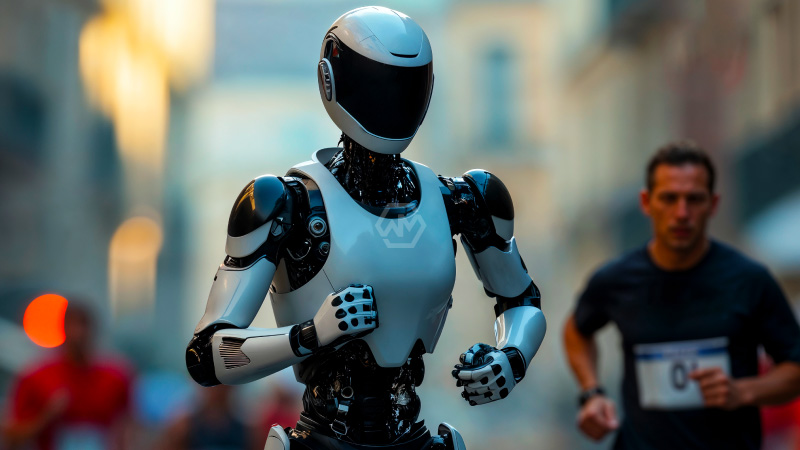- Tesla’s AI-powered robot Optimus could be the company’s most transformative product yet.
- CEO Elon Musk aims to release humanoid robots for industrial and domestic use by late 2025.
- Investor optimism grows as Tesla seeks recovery from declining sales and a stagnant product lineup.
Tesla is positioning its humanoid robot, Optimus, as a potential game-changer for both the company and the broader AI industry. First introduced at Tesla’s AI Day 2021, Optimus has gradually evolved through public demonstrations and behind-the-scenes development.
In 2025, Tesla has faced headwinds from lackluster sales in Europe and lukewarm reception of its autonomous robotaxi fleet in Texas. With no new electric vehicle launches this year, investors are closely watching Optimus as a potential catalyst for growth.
From EVs to Androids: Tesla’s Bold Bet on Humanoid Robots
Unlike its competitors, Tesla integrates full-stack AI, sensor networks, and robotic engineering in-house, giving it a distinct advantage in bringing functional humanoid robots to market. The company’s AI algorithms, initially developed for autonomous driving, have been repurposed for robotic navigation and task execution. This internal synergy may allow Tesla to scale Optimus faster than rivals who rely on third-party tech.
There’s growing interest in humanoid robotics across sectors. From elder care to warehouse logistics, businesses are seeking versatile machines that can safely and intelligently interact with humans. Tesla’s Optimus could be adopted in settings where repetitive, physical tasks are essential — offering a cost-efficient, tireless workforce alternative.
Elon Musk has also hinted at ambitions to send Optimus into space by 2026, aligning with his broader vision of human-robot collaboration in extraterrestrial environments. If successful, this move could open new possibilities for off-world colonization efforts where human presence is limited or unsafe.
Despite the promise, there are concerns about safety, regulation, and mass adoption. The robotics industry still faces hurdles in battery life, dexterity, and public trust. However, Tesla’s reputation for bold innovation means Optimus could very well push the boundaries — if not rewrite them — in how society views human-AI interaction.
Tesla’s Optimus isn’t just a robot — it could be the company’s lifeline in a challenging year. If executed well, it may mark a new era for Tesla far beyond automobiles.
“The best way to predict the future is to invent it.” — Alan Kay



